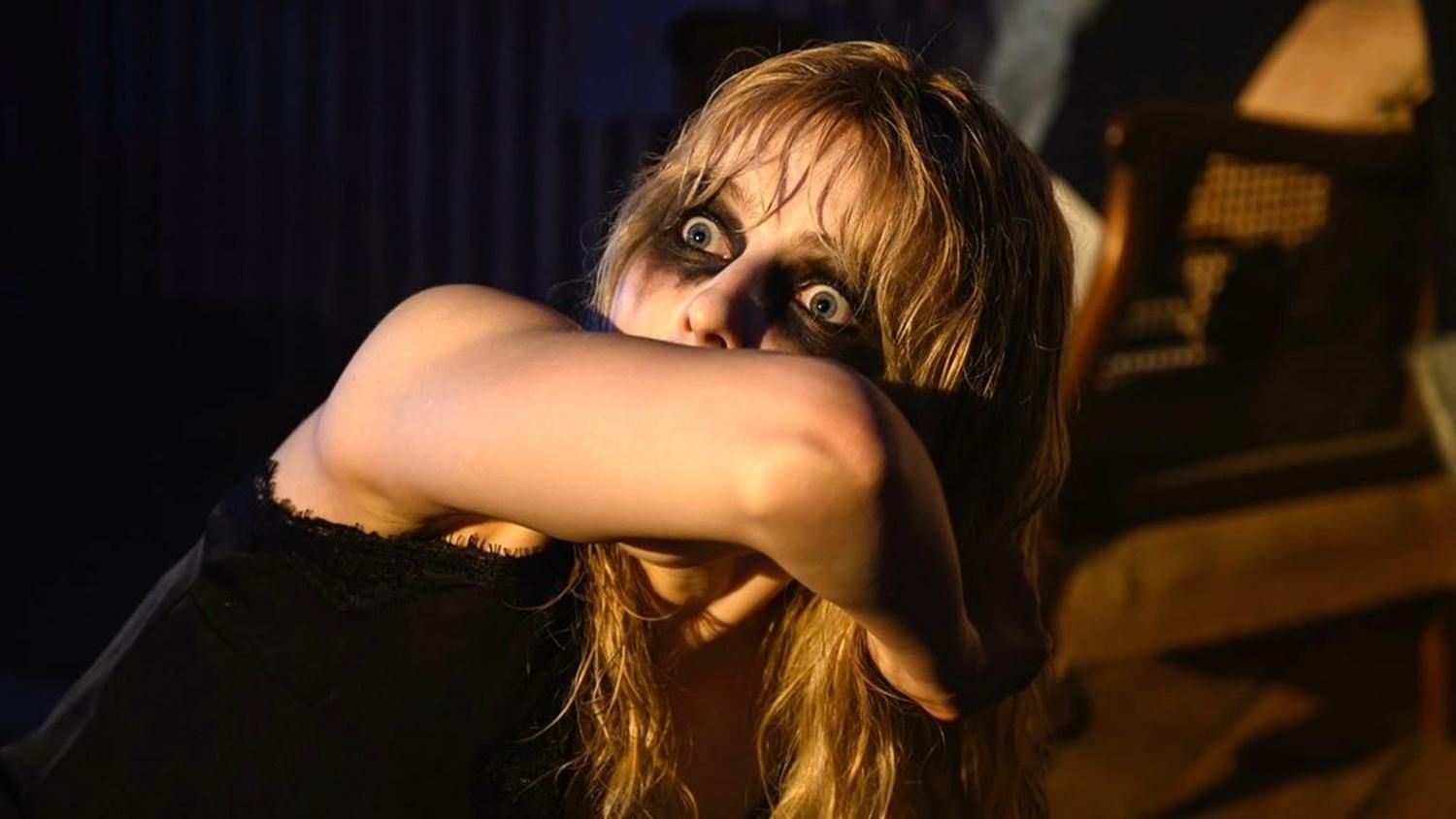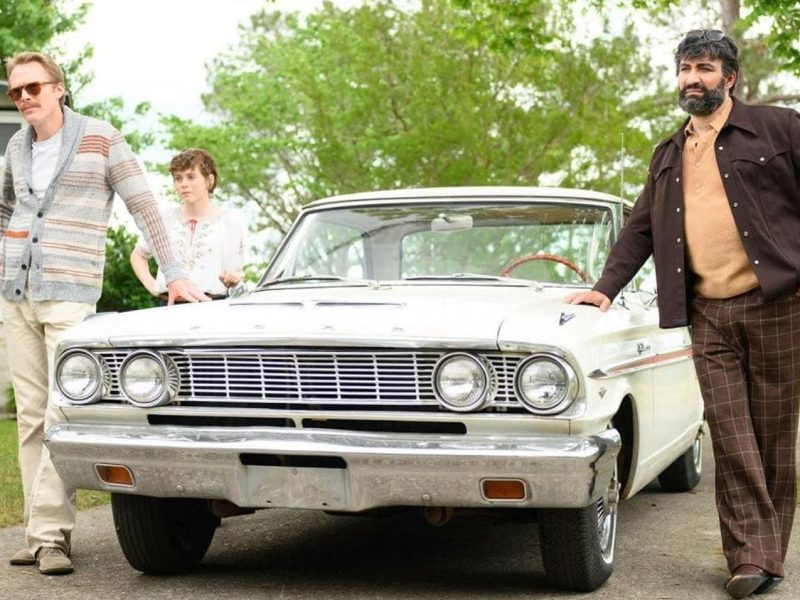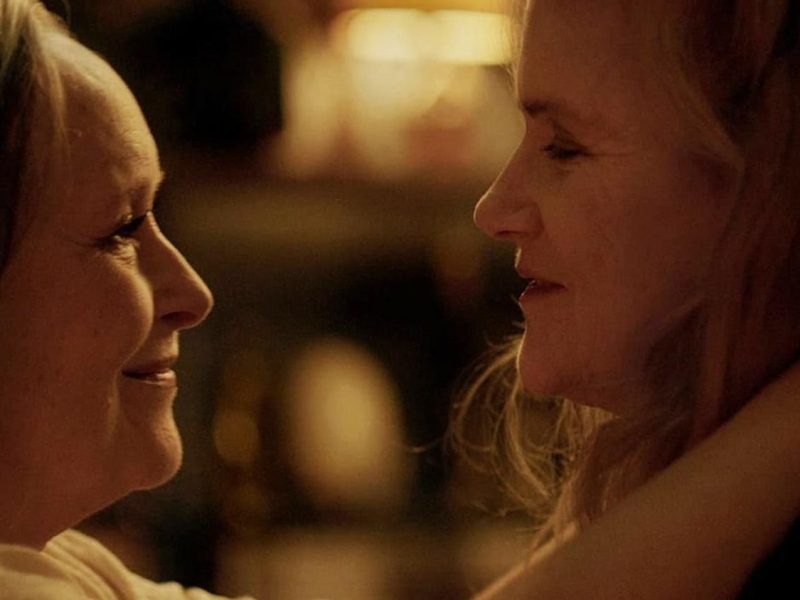Last Night In Soho Review
Edgar Wright is a master of transforming a mundane setting into something completely unexpected. A typical London pub transforms into an army fort during the zombie apocalypse of Shaun Of The Dead. A quiet West Country village plays host to brutal crimes In Hot Fuzz, and in Baby Driver, the sun-baked streets of Atlanta turn into an ideal location for high-speed stealthy heists.
For Last Night in Soho, Wright transforms London into a ghost town but it's not just those streets which are haunted instead, it's the women who live there. His first film to be told from a female perspective, aided by co-writer Krysty Wilson-Cairns, who previously penned the emotionally rich screenplay for 1917, Wright splits the city in two, between fashion designer Eloise's (Thomasin McKenzie) present day, and aspiring singer Sandy's (Anya Taylor-Joy) increasingly murky past in glamorous-on-top-seedy-underneath 1960s Soho, which Eloise witnesses while sleeping.
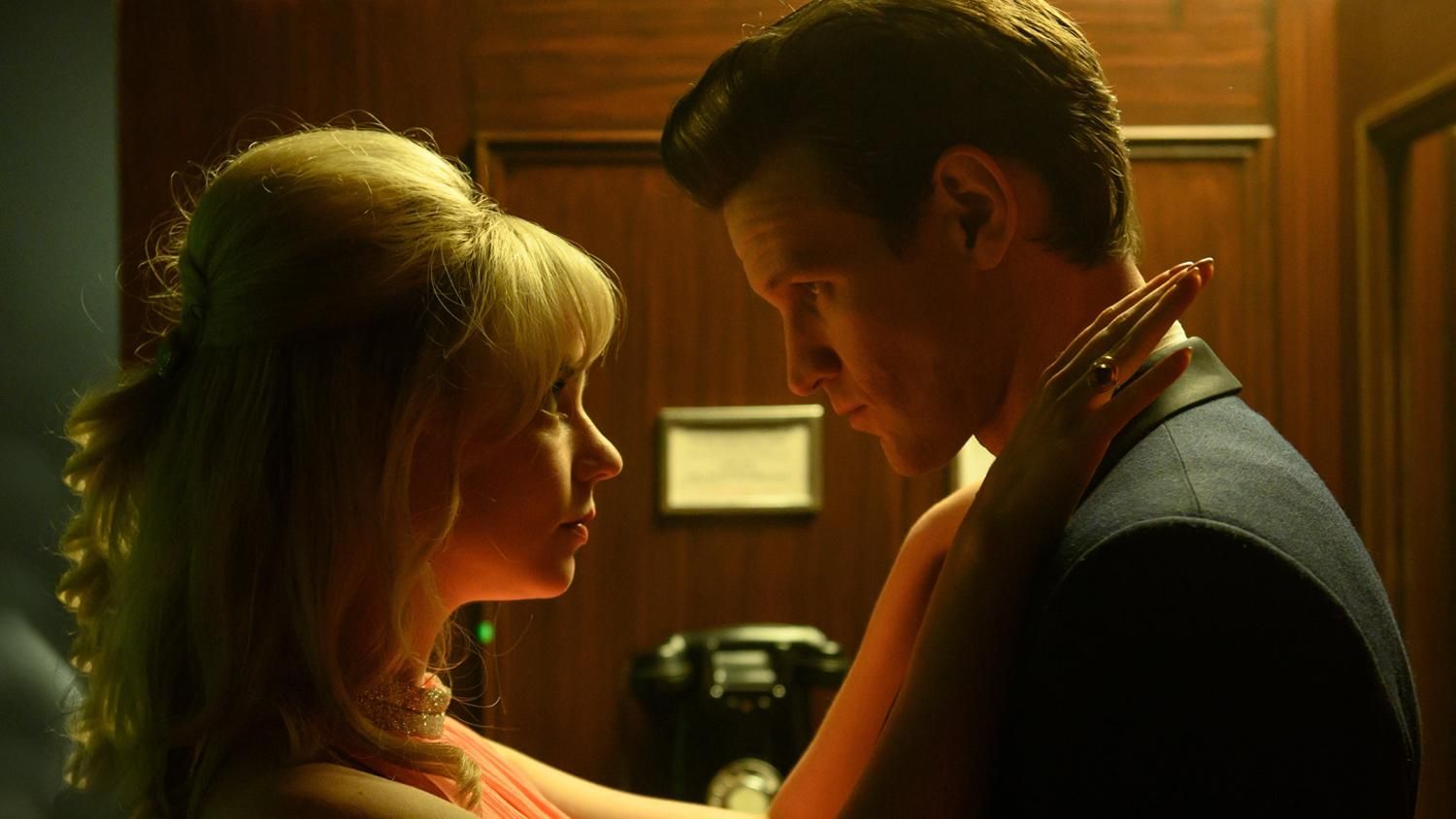
Young designer has become a huge fan of the past. She admires Twiggy, Audrey Hepburn and the stars whose timeless songs are recorded on her records. Her passion for vintage clothing and her growing talent, has brought her to London in the UK, where her country roots and handmade clothes have made her look like unpopular among her more refined colleagues. Their frenzied spurning leads her to a bed located just north of Soho which is occupied with Miss Collins (Diana Rigg, in her last appearance onscreen) which is where her spiritual relationship with Sandy starts.
The film has struck gold with it's casting two lead actors. Taylor-Joy who's Golden Age screen presence was the most memorable win of The Queen's Gambit continues to be awe-inspiring with her set look and hypnotic posture, aided by her long false eyelashes and Chiffon. Her impressive stage presence is only matched by McKenzie's broad-eyed viewer who's guilt and sorrow over her deceased mother who died of suicide at the age of seven, draws her closer to her new acquaintance.
This film performs at its best when it is laser-focused on the horror genre. The creatures that invade Eloise's realm evoke fresh, intense terror.
At the start, Eloise is as fascinated by Sandy's story as she is with the lives of her other favorite '60s stars. The first nighttime encounter she has with Sandy is a dazzling singer meeting Matt Smith's charming talents manager Jack and falling in love with his sweet, tongue-in-cheek promises. within them, Wright lovingly explores his personal love for the era through the luxurious mirror interiors, the mirrored interiors, and a massive brightly lit marquee to Thunderball.
Eloise awakes to find an ode to love that seems to be like Sandy's, but when she's pulled deeper into her world, following her new friend as Jack gets more violent The marks turn more psychological, and the film shifts to the more traditional horror. It's a sharp deviation for Wright. Some of his directororial calls to action are in a good wayediting that is lightning fast and the loaded needle drop -However, this is his most comedic film to date, with the sparse humor never subverting the shivering plot.
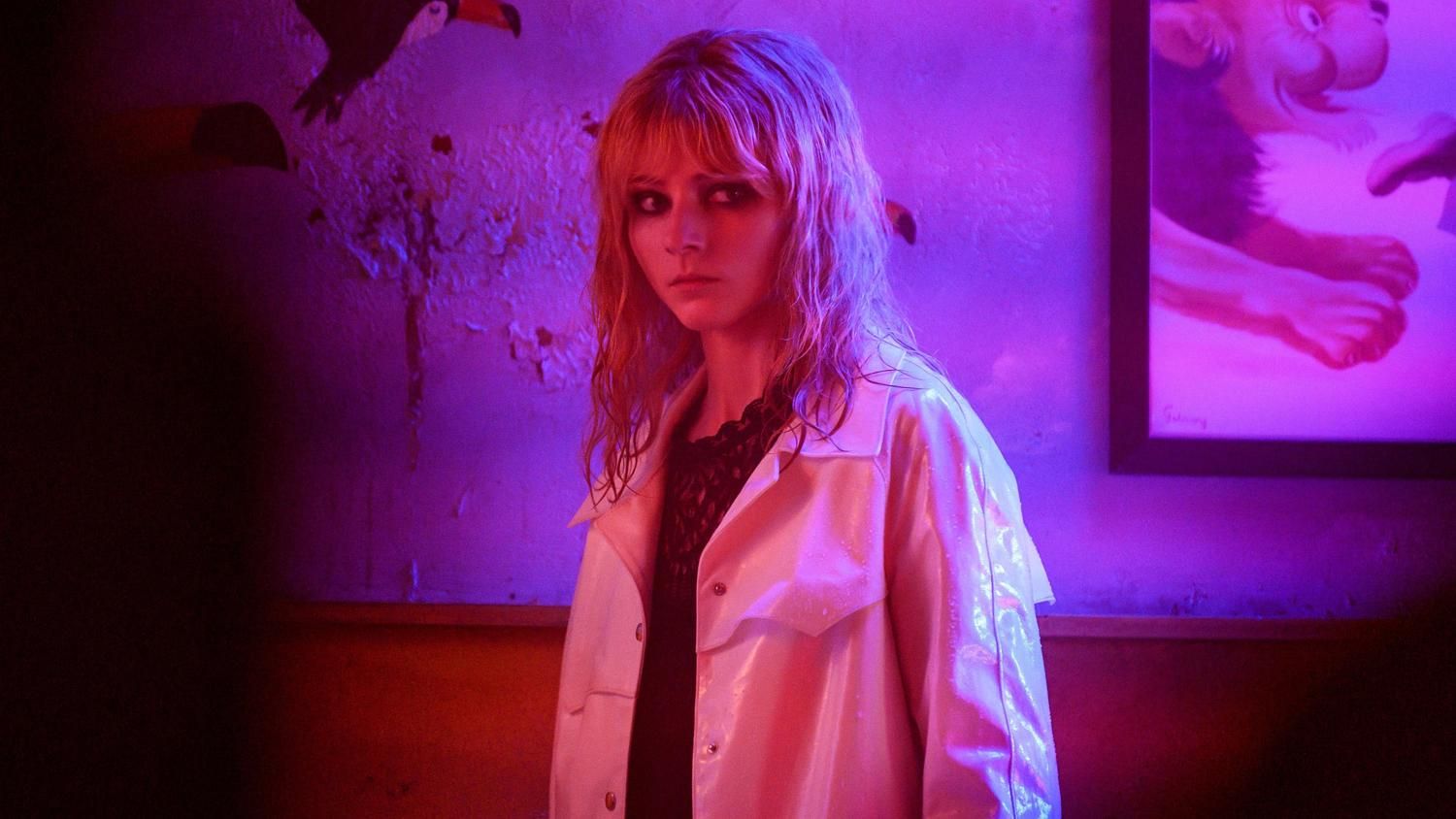
However, Wright and Wilson-Cairns lean towards genre and concept to convey a strong message about the violence of males across generations. Through a dark range of traumas that range from the slyly-framed threats of a modern-day taxi driver, to the ongoing adversity associated with Sandy's career in nightclubs Both women are taken to extreme levels.
The film's underlying structure is a bit sloppy; the commentary on emotional health, as well as on the business that Sandy works is a bit thin and Michael Ajao's John injects himself into the life of Eloise to demonstrate that not all men are evil brutes, is nothing more than a plot device. The film's strongest when it's laser-focused on terror. Certain of its most ambitious horrors pay tribute to other filmmakers, however the style and physique of the monsters that enter Eloise's world evoke fresh and intense fear. Park Chan-Wook's usual cinematographer Chung Chung-hoon enhances Wright's visions for the future and the present, revealing cinematic terror in everything from the snarky, neon lighting that spills into the room of Eloise to the chandelier-lit mirrors which appear among the most cutting-edge scenes not just in the film but also in the director's entire body of work.
Wright's vision is always his most laudable quality, and this with his back towards the buddy comedies from his past, is the place where it is at its most vibrant and brings a pulsating enthusiasm to this new frontier. The film Last Night In Soho is indeed an interesting departure for the director but it also can open the way to further thrilling adventurous, risk-taking works to come.
